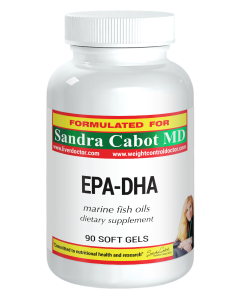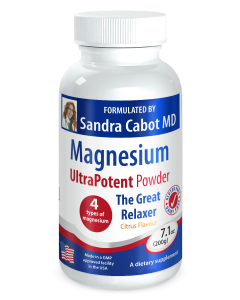

Fit Children Have Larger Brains
Physically fit children have a structurally different brain. They have a higher volume of gray matter, which enhances their academic abilities.
This finding comes from research conducted at the University of Granada, and published in the journal Neuroimage. The researchers measured both aerobic capacity and motor skills in children. Specifically, higher aerobic capacity is associated with greater gray matter volume in frontal regions of the brain (premotor cortex and supplementary motor cortex), subcortical regions (caudate nucleus and hippocampus), temporal regions (inferior temporal gyrus and parahippocampal gyrus), as well as the calcarine cortex. Importantly, these specific regions of the brain are involved in executive function, learning, motor and visual processes.
When asked whether being physically fit improves academic performance, this is what the researchers had to say: "The answer is short and forceful: yes, physical fitness in children is linked in a direct way to important brain structure differences, and such differences are reflected in the children's academic performance." Having a higher amount of gray matter in the brain also reduces the risk of dementia in later life, as long as a healthy and active lifestyle is maintained. As we get older, our brain atrophies (shrinks). Exercise helps to negate some of the effects of aging.
This is something many of us have known to be true intuitively, but it’s wonderful to have research to back it up. Fit children often perform better at school, have a lower risk of depression and anxiety, and enjoy better quality sleep. Magnesium is excellent for improving sleep quality and fish oil helps improve concentration and learning ability. Exercise is good for all of us, regardless of our age. To learn more about keeping your brain healthy, see the book Alzheimer’s: What you must know to protect the brain.
Reference
Know someone who might benefit from this article? Share it!
Need Help?
1-888-75-LIVER
Monday to Friday, 9:00 am to 5:00 pm MST
100%
Satisfaction Guaranteed
If it’s faulty or wrongly described, we’ll replace it.













